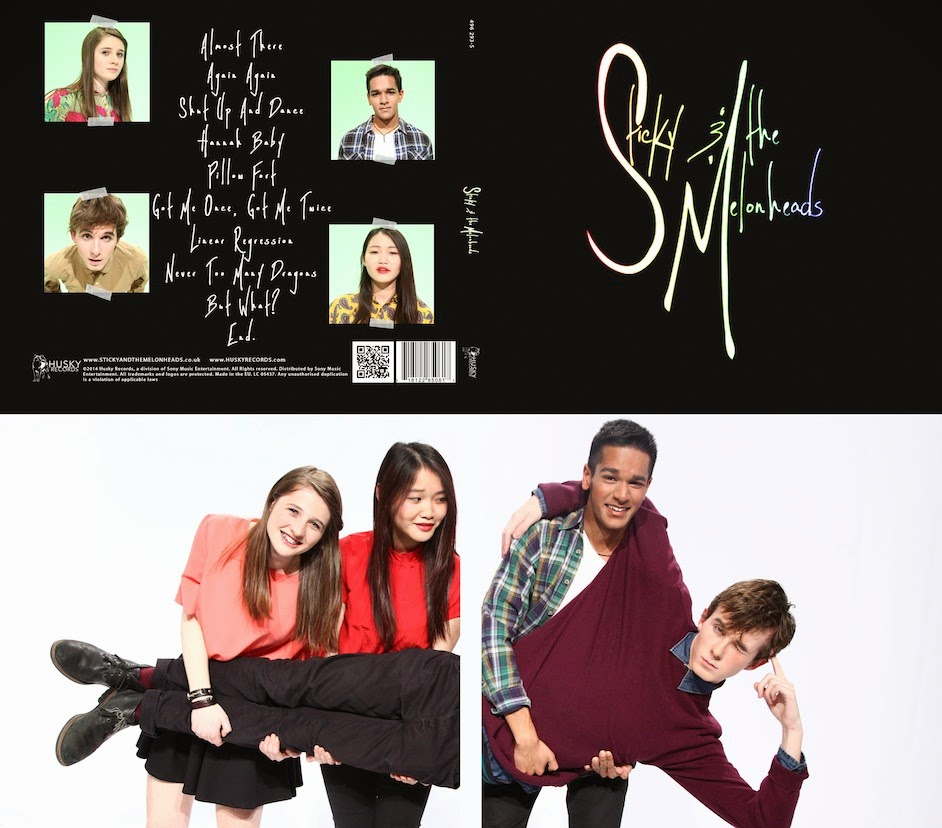I would be most interested in the indie/alternative rock sort of genre, or something similar. I wanted to see which demographic mentioned this as a genre of interest and what kinds of artists they liked.
This is what I found when conducting my own research:
It showed the genre most appealed to 16-25 year olds. However, I don't want to commit to this genre yet and was interested in finding out what other genres are appealing to this age group. From my own research I found this:
Even though indie and alternative rock are the most appealing genres to this sample, a very significant minority also liked the singer songwriter genre. This isn't really surprising, as singer songwriters are often, but not always, most appealing to music fans who like "indie", that is, not mainstream music, so there is often a crossover between indie/alternative rock fans and singer songwriter fans. It's also important to remember that audiences don't just stick to one genre, so when making our music video we won't have to follow the conventions of the genre we choose exactly. We can do something that challenges the conventions of that genre, to an extent, and it could still appeal to the audience.
Here are some examples of more specific answers given by people within this demographic:
A wide range of genres and artists are mentioned, but rock does seem to be the dominating genre, at least among the people I asked.
What also appeals to me about using the indie/alternative/punk rock genre for the artist and music video is it has a greater potential to appeal to all genders more than many other genres such as heavy metal, which seems to have a greater number of male fans, or pop, which seems to appeal more to female audiences.
I also like the idea of having the 16-25 age group as the target audience. This is for two main reasons:
- They consume music in a variety of different ways - buying CDs, iTunes, Spotify, streaming, illegally downloading and even buying vinyl (see examples from research above, especially the second example). This would increase the artist's chance of becoming successful. Older audiences are much less likely to share songs or browse on YouTube, for example, so a wider audience could be reached if targeting 16-25 year olds because they would be more likely to share it or find it online and raise the artist's profile that way.
- Being this age myself, I understand this audience - how to appeal to them, what they like about music, and how they consume it.
This links to the theory of uses and gratifications. According to researchers Blumler and Katz, there are four uses and gratifications relating to media texts that all audiences, regardless of specific demographic, follow: diversion, personal relationships, personal identity and surveillance. This definitely applies to music consumption, too, and the purposes of personal identity and personal relationships are especially significant to older teenagers. If you have certain emotions that you feel you can't explain to other people, or you feel sad or misunderstood, like almost all teenagers feel at some point, music can be a substitute personal relationship - if the artist or band sings about how you feel, it can almost be like they're communicating with you. This applies to personal identity also because the message they give out in their songs can reinforce or shape the way you think or feel. This is very prominent within the indie/alternative/punk rock genre.
For example, this is the music video for alternative rock/punk rock band My Chemical Romance's "I'm Not Okay":
The video is set in a school, with teenage characters, and is structured to resemble a film trailer, which makes it more interesting and memorable for audiences and emphasises the idea of teenagers having stories of their own. This is exactly what many teenagers want. They don't feel okay, so they want an artist who sings about how not okay they are, so they don't feel alone and so they can find an outlet for their emotions. This substitutes having to share their feelings with a real life person they know because it feels like, by having this band speak to them, in a way, and then consuming that, they are having a personal relationship with My Chemical Romance and so that is how they share their feelings. It reinforces the fan's own sense of self - because My Chemical Romance feel not okay, they can be not okay, too, and identify with that.
We can use the alternative/indie/punk rock genre to appeal to our target audience in this same way.








No comments:
Post a Comment